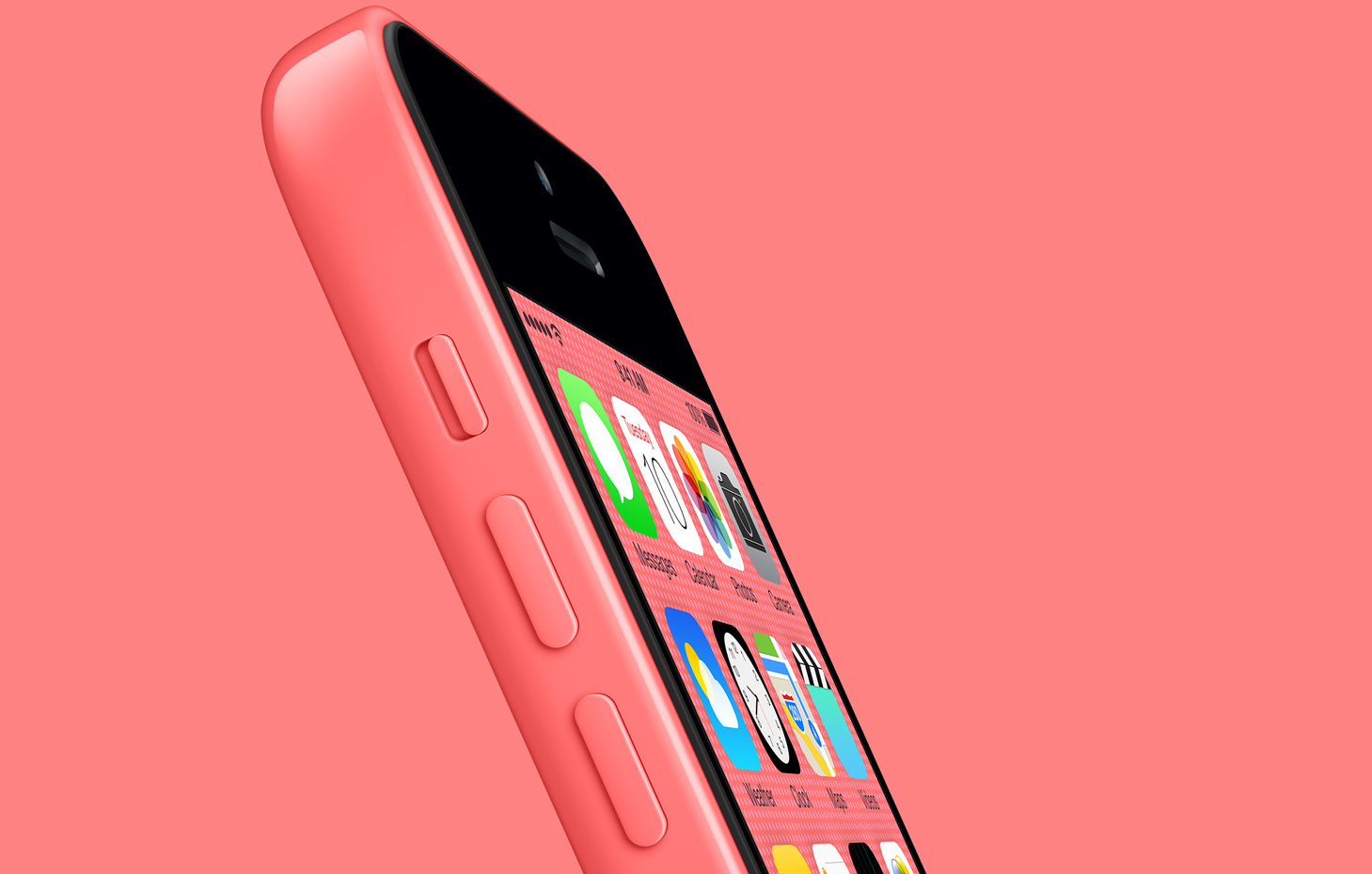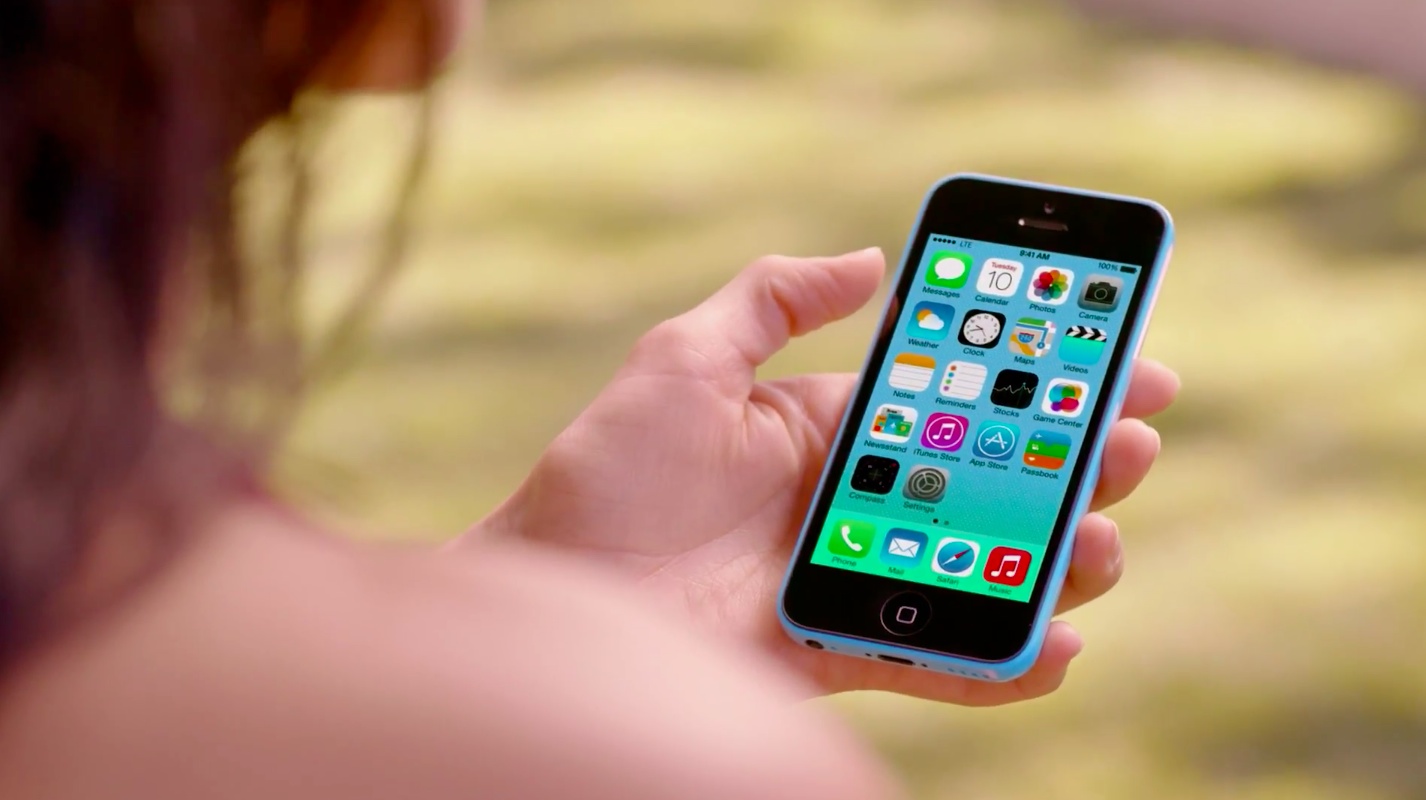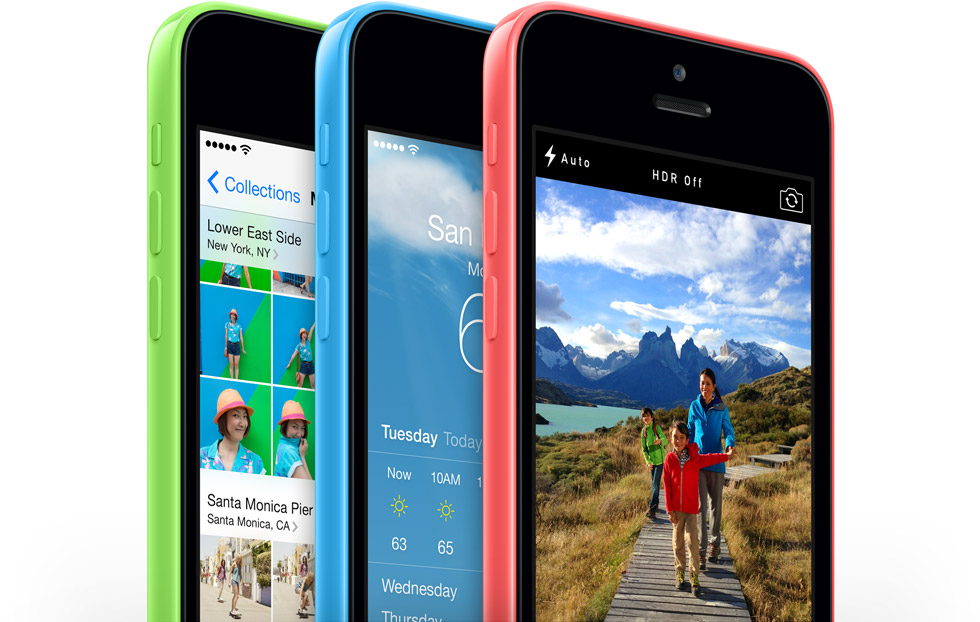Today’s release of a new, cheaper iPhone 5c model with a rather paltry eight gigabytes of storage has prompted many writers to postulate as to why Apple may have limited the handset’s distribution to only a few markets, namely the United Kingdom, France, Germany, Australia and China.
According to Apple itself, that device is meant to target the mid-tier smartphone market where the iPhone has been under lots of pressure from an avalanche of rather affordable and pretty capable Android handsets. Although Apple could have rolled out the 8GB iPhone 5c across all of its markets, they’ve chosen to go only with a few countries where “LTE is becoming more established”…
An Apple representative told Re/code:
The mid-tier iPhone segment is growing year over year and the 8GB model provides a more affordable option for markets where LTE is becoming more established.
This makes sense given that the iPhone 4s, which is also still sold, does now support LTE networks. An Apple spokesperson confirmed to Fortune’s Philip Elmer-DeWitt that the 8GB iPhone 5c is, for the time being, available in the United Kingdom, France, Germany, Australia and China.
In the United Kingdom, the device is priced at £429, or about $711. This is £40 cheaper, or approximately $66, compared to the £469 (about $777) 16GB iPhone 5c model.
Over in the United States, the 16GB iPhone 5c sells for $100 after a two-year contract, or $549 for the contract-free, unlocked device. Re/code speculates that Apple may have opted not to offer the 8GB iPhone 5c in its home turf because handsets are typically sold to U.S. customers subsidized – and many U.S. carriers are now offering the 16GB iPhone 5c subsidized for $99, or even free, with a two-year service contract.
By contrast, customers in the United Kingdom are unable to purchase a subsidized iPhone directly from Apple. There are plenty of other countries where device subsidy is an exception rather than the rule, such as China.
On the other hand, things have been changing in the U.S. – mostly for the better – after T-Mobile last year separated hardware pricing from wireless service plans, effectively killing subsidy in favor of interest-free monthly device installments.
I’m very much looking forward to seeing whether the cheaper 8GB iPhone 5c is capable of generating sales in mid-tier markets, where competition from capable and inexpensive Android handsets has raised the bar high.
It’s not that the iPhone 5c isn’t an attractive handset.
This is a question of pricing, not quality. See, despite it being a repackaged 2012 iPhone 5 hardware with an improved cellular and Wi-Fi networking, the device isn’t competitive price-wise (relative to the Android camp). Besides, the fact that the iPhone 5s costs just a $100 more isn’t helping either.
My hunch tells me that the iPhone 5c is mostly for first-time smartphone buyers and those who are looking to upgrade from a low-end smartphone model.
I bought my Mom one as a birthday present and she’s absolutely loving the sharp Retina screen, the simplicity of iOS and the handset’s unapologetically plastic design.
The iPhone 5c really does feel great in one’s hand and I’m saddened it turned out a dud.
You?
Did you hold an iPhone 5c in your hand and, if so, what did you think of it?


